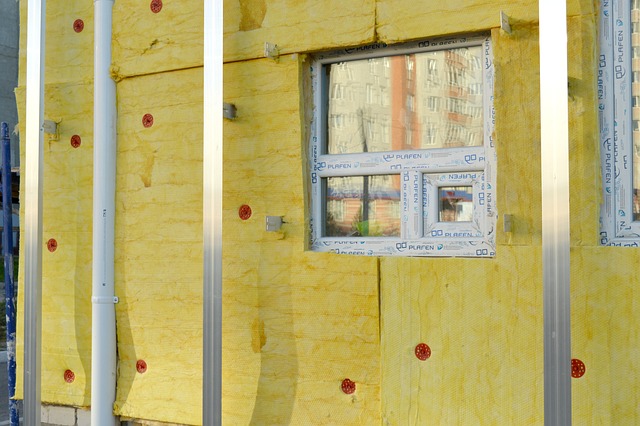Unlocking Profit Potential in Adaptive Reuse Real Estate
Adaptive reuse of real estate is a concept that has been gaining traction across the globe. It is a strategy that involves repurposing old buildings for a use different from what they were originally intended for. This article will delve into the history of this innovative practice, current market trends, financial insights, and the potential impact on buyers, sellers, and investors.

Adaptive reuse of real estate has roots that can be traced back to ancient civilizations, where old structures were commonly repurposed for new uses. In the modern era, the practice gained popularity during the industrial revolution, when many factories and warehouses were transformed into residential lofts.
Today, the strategy is being used in cities across the world, with old schools, churches, factories, and other buildings being converted into apartments, offices, retail spaces, and more. The trend is driven by factors such as urbanization, sustainability, and the desire for unique spaces with historical charm.
Financially, adaptive reuse can be a lucrative investment strategy. The cost of redeveloping an existing building is often lower than constructing a new structure, particularly in densely populated urban areas where land is scarce and expensive. Additionally, these projects can qualify for tax incentives and grants, further enhancing their profitability.
However, like any investment strategy, adaptive reuse comes with challenges. These may include dealing with structural issues in old buildings, navigating complex zoning and building codes, and managing the expectations of local communities. Nevertheless, with careful planning and execution, these challenges can be successfully managed.
The impact of adaptive reuse on the real estate market can be profound. For buyers, these properties offer a unique blend of historical charm and modern amenities. For sellers, they represent a niche market with strong demand. And for investors, they offer attractive returns and the potential for significant capital appreciation.
In conclusion, adaptive reuse of real estate is a trend that is reshaping the property market. It offers a compelling blend of history, architecture, sustainability, and profit potential. Whether you’re a buyer, a seller, or an investor, it’s a trend worth watching.
While the practice of adaptive reuse is not new, its potential has yet to be fully realized. With growing awareness and supportive policies, there is likely to be an increase in such projects in the future. So, whether you are an investor looking to diversify your portfolio or a homeowner seeking a unique living experience, adaptive reuse real estate may be worth considering.




